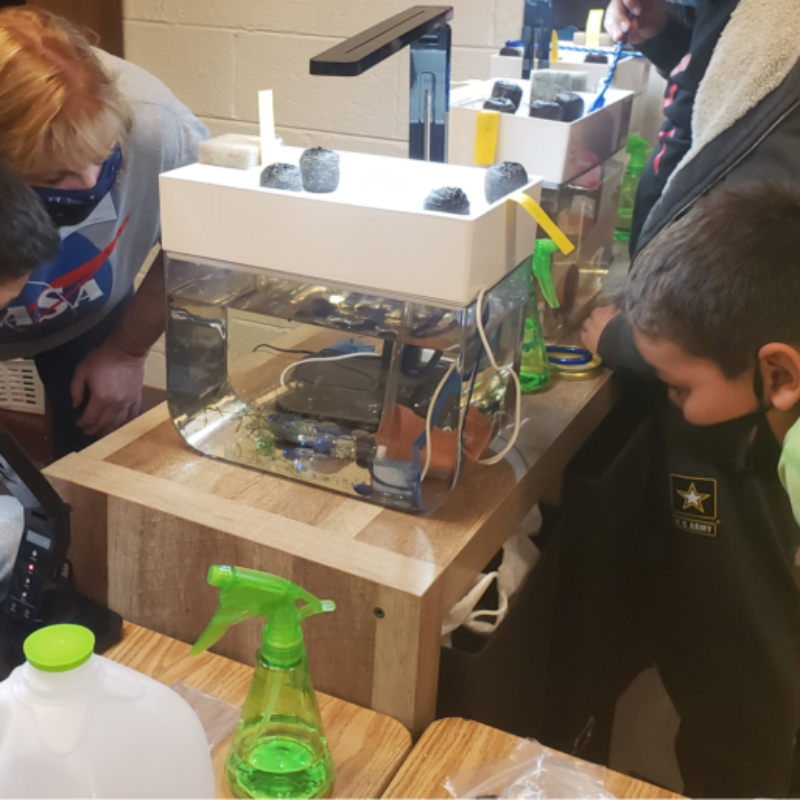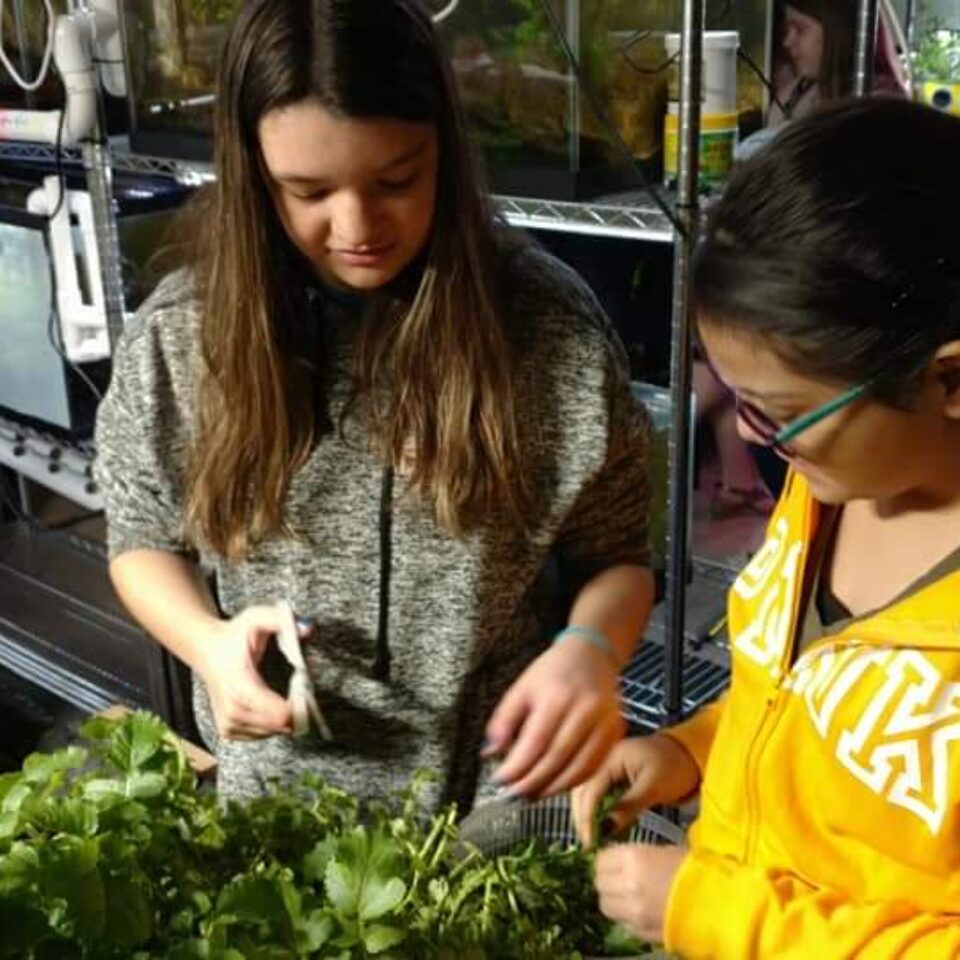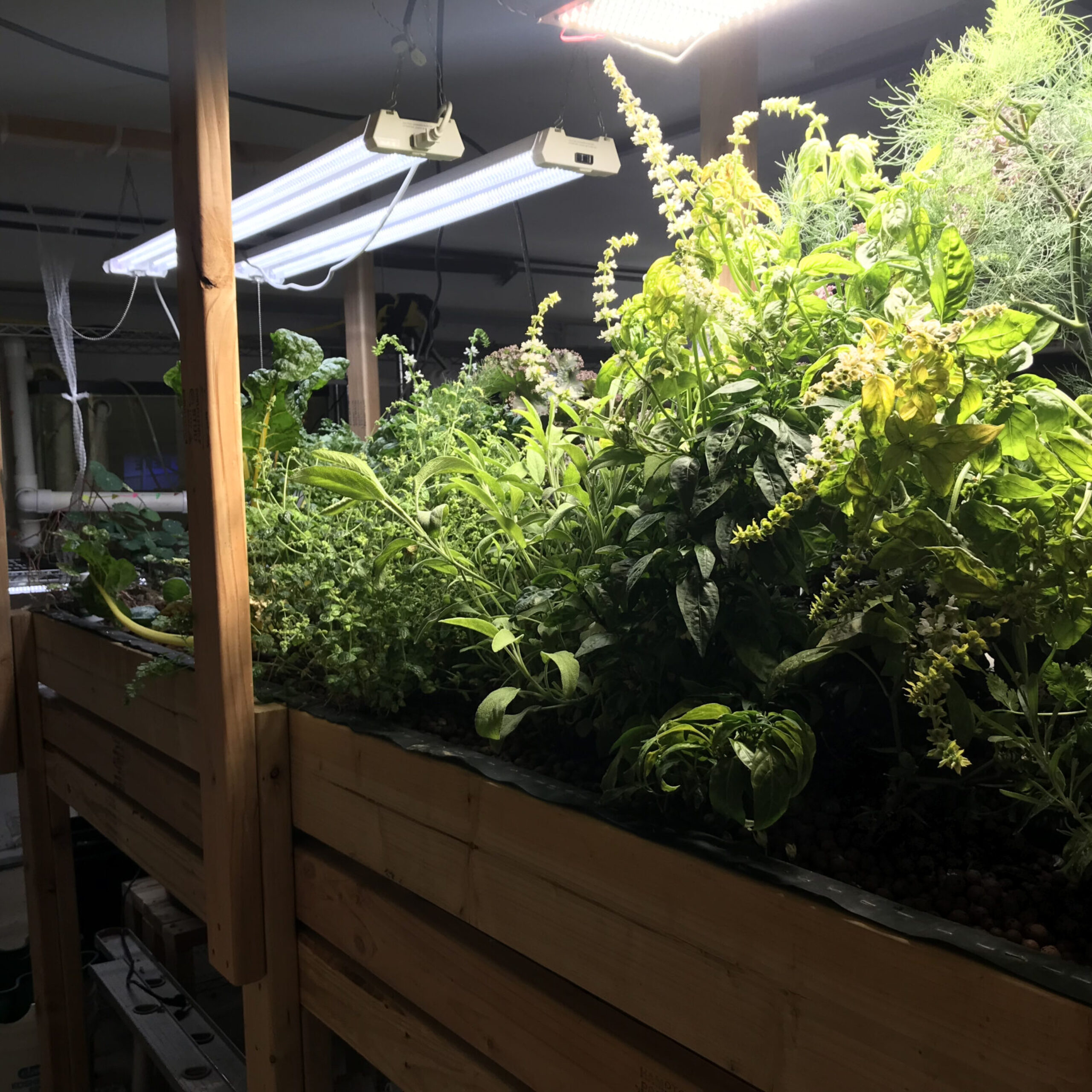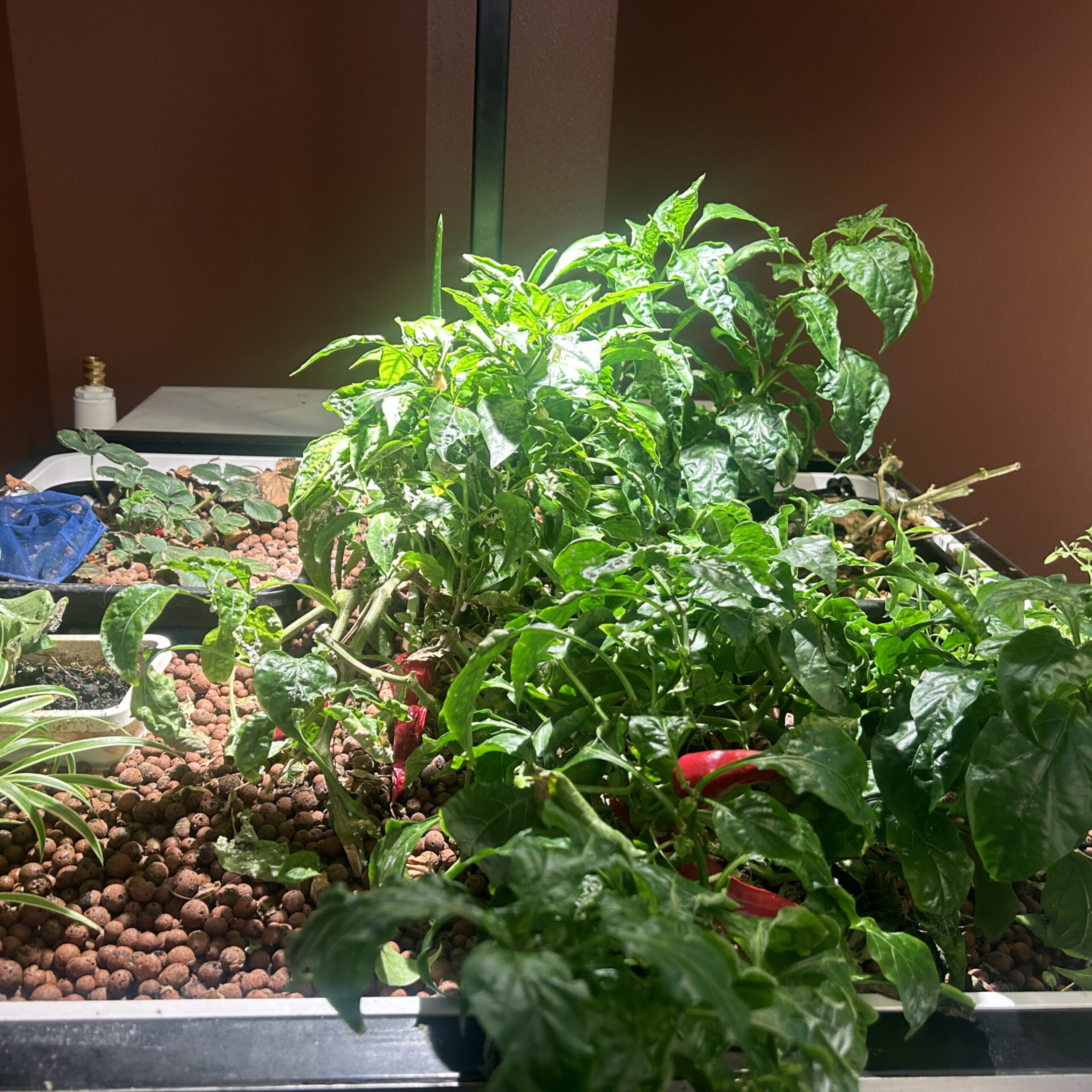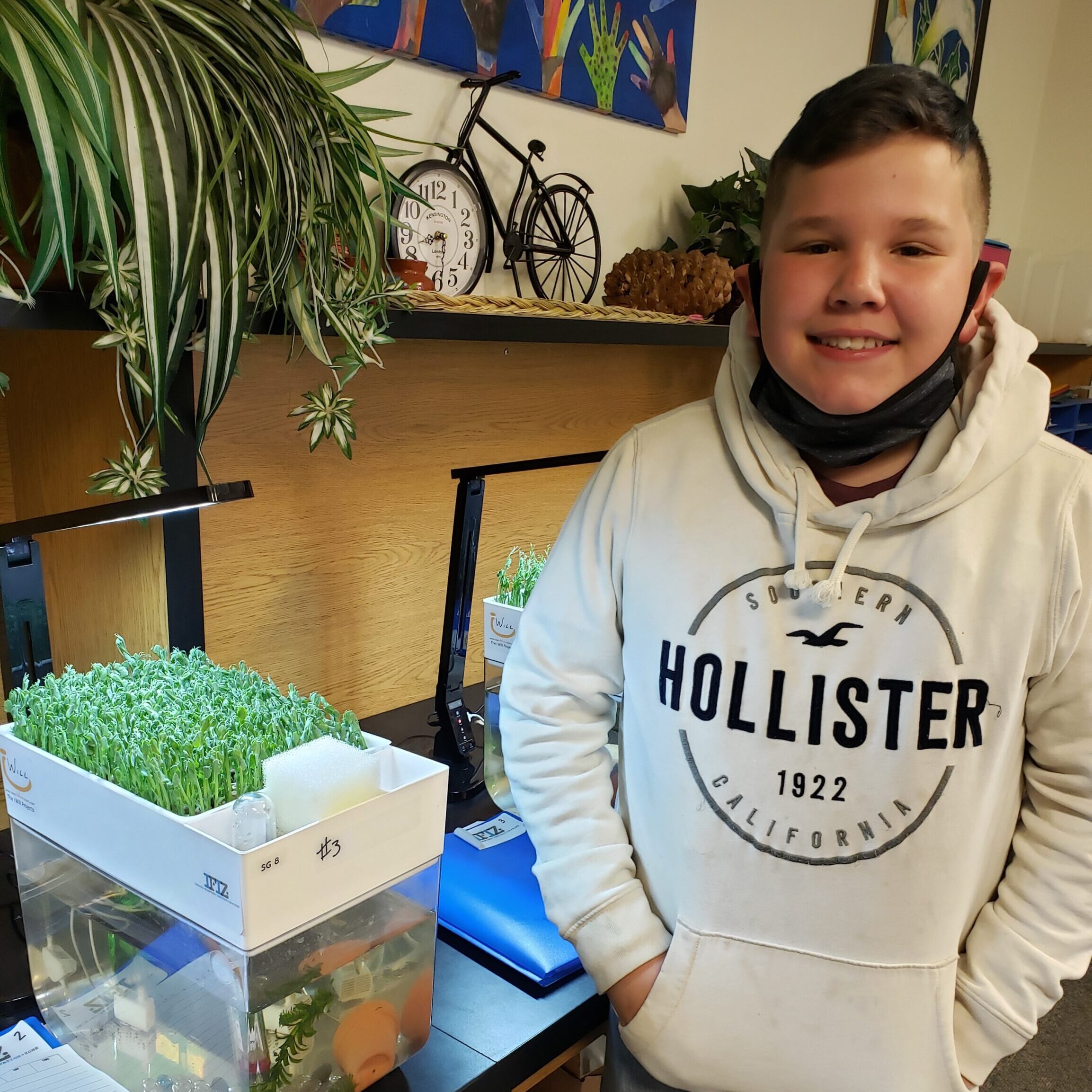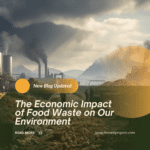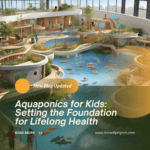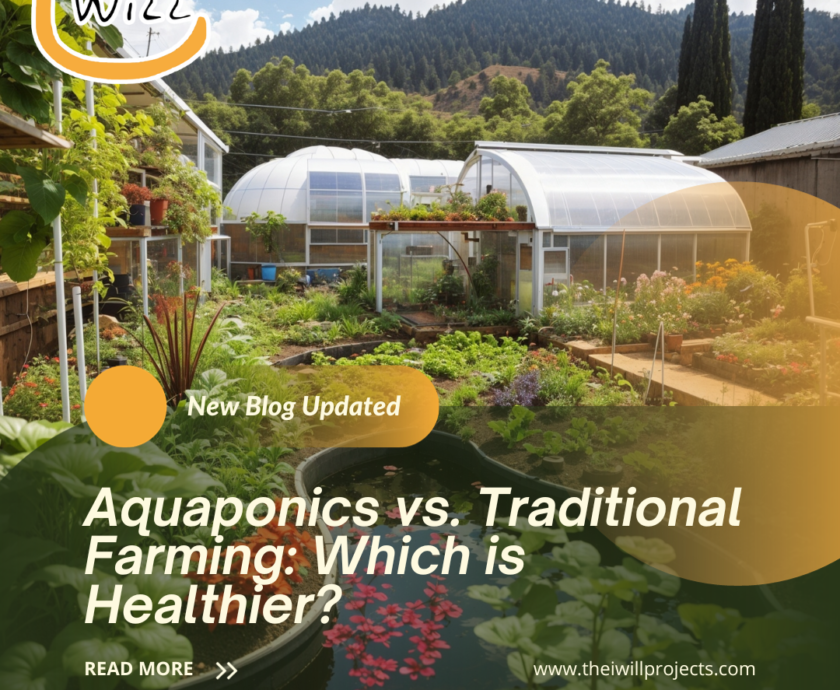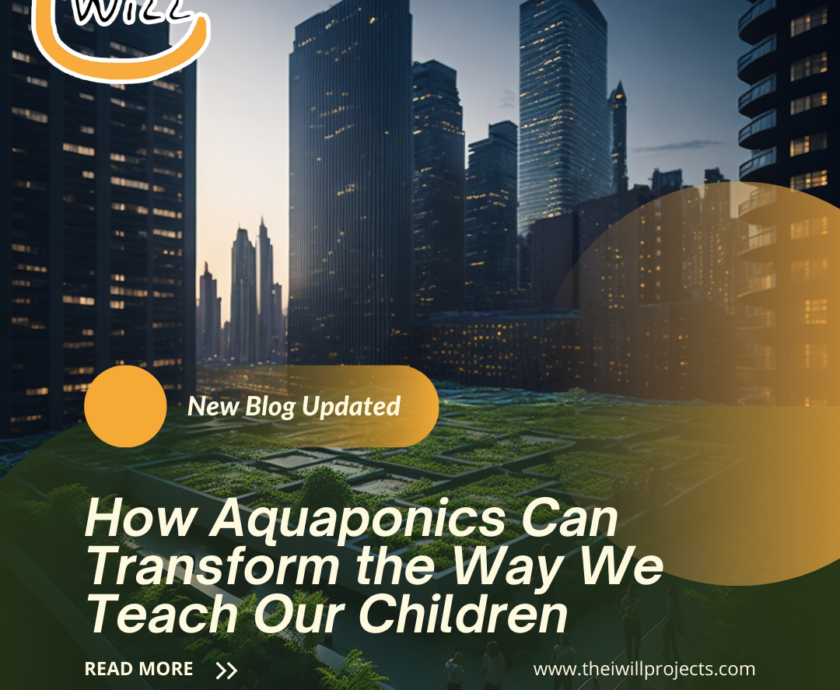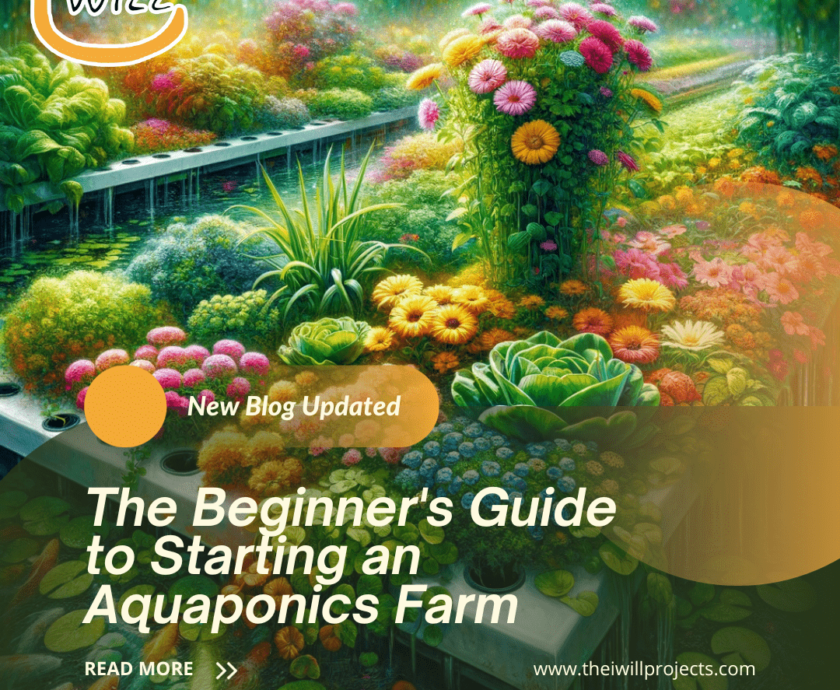“Aquaponics invites us to rethink agriculture, transforming the conventional into the extraordinary, as fish and plants unite in a dance of sustainability.” – Unknown
TweetTable of contents
- Introduction
- The Environmental Impact of Aquaponics Farming
- Health Benefits of Aquaponics Produce
- Social and Economic Aspects of Aquaponics Farming
- Comparing Aquaponics with Traditional Farming Methods
- Challenges and Limitations of Aquaponics Farming
- Innovation and Technology in Aquaponics
- Community Engagement and Local Food Systems
- Promoting Sustainable Eating Habits through Aquaponics
- Future Prospects and Trends in Aquaponics Farming
- Conclusion
- FAQs
Introduction
Aquaponics farming combines aquaculture (fish farming) with hydroponics (soilless plant cultivation) in an eco-friendly symbiotic system. This innovative technique mimics a natural ecosystem where fish and plants mutually benefit from each other. Aquaponics forms a closed-loop system: water from fish tanks nourishes plants, while plants cleanse water for fish.
Aquaponics offers several advantages over traditional farming methods. Utilizing minimal resources, aquaponics is a highly efficient system producing crops and fish year-round. Eliminating the need for chemical inputs, it is an organic and environmentally friendly approach to food production. Furthermore, aquaponics can be implemented in various settings, including urban areas, creating opportunities for local and sustainable food production.
Understanding the basics of aquaponics farming is crucial for those interested in exploring alternative methods of food production. Aquaponics farming offers a promising solution to food security challenges. It combines fish farming with plant cultivation, creating a self-sustaining ecosystem. As technology improves, aquaponics farming is set to revolutionize agriculture and food production.
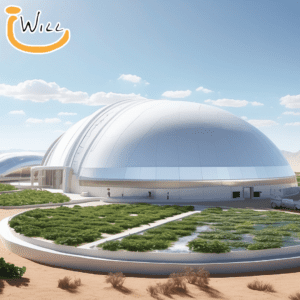
The Environmental Impact of Aquaponics Farming
Aquaponics farming offers several environmental benefits compared to traditional farming methods. By combining aquaculture and hydroponics, this innovative system promotes sustainability and conservation of resources. Here are some key points to consider regarding the environmental impact of aquaponics farming:
Water Conservation: Aquaponics uses up to 90% less water compared to traditional soil-based agriculture. The closed-loop system recirculates water efficiently, minimizing wastage and reducing the overall water consumption in farming practices.
Reduced Chemical Usage: Aquaponics integrates fish farming and plant cultivation into one sustainable system. It minimizes the need for chemical fertilizers and pesticides, creating a natural and eco-conscious agricultural method. The result is cleaner waterways, healthier produce, and a greener agricultural future.
Energy Efficiency: Aquaponics systems are designed to be energy-efficient, with some utilizing renewable energy sources such as solar power. This reduces the carbon footprint associated with food production and contributes to a more sustainable agricultural model.
Land Use: Aquaponics farming requires significantly less land than traditional agriculture since crops are grown vertically or in compact systems. This vertical farming approach maximizes space utilization and reduces the pressure on natural ecosystems for cultivation.
Biodiversity Preservation: By promoting natural ecological processes, aquaponics supports biodiversity and conservation efforts. The aquaponics system’s balanced ecosystem mirrors nature, promoting plant and fish species health and variety.
Waste Reduction: Aquaponics minimizes waste generation by utilizing fish waste as a nutrient source for plants. Nutrient cycling helps the environment by minimizing farming’s impact. It also supports a circular food production economy.
Aquaponics farming provides sustainable, eco-friendly food production, tackling traditional agriculture’s challenges, promoting resource efficiency and conservation.
Health Benefits of Aquaponics Produce
Aquaponics produce comes with a range of health benefits, making it an attractive choice for health-conscious consumers. Here are the key advantages:
Nutrient-Rich: Aquaponically grown produce is known to be high in essential nutrients such as vitamins, minerals, and antioxidants. The controlled environment of aquaponics systems allows plants to absorb nutrients more efficiently, resulting in nutrient-dense fruits and vegetables.
Pesticide-Free: Aquaponics drastically cuts the use of pesticides due to its closed-loop system, which minimizes the need for chemical intervention. As a result, consumers can savor chemical-free produce, reducing the risks posed by pesticide exposure.
Freshness: Aquaponics farms are often located close to urban centers, reducing the time and resources required to transport produce. This means that fruits and vegetables reach consumers fresher, retaining their flavor and nutritional value.
Reduced Contamination Risk: With traditional farming methods, there is a risk of contamination from animal waste or harmful bacteria. In aquaponics, fish waste becomes nutrients for plants, minimizing contamination risk and promoting a safer food supply. This closed-loop system efficiently utilizes resources, benefiting both fish and plants.
Sustainable and Eco-Friendly: Aquaponics is a sustainable farming method that uses less water and land compared to traditional agriculture. By promoting water conservation and minimizing environmental impact, aquaponics helps in preserving natural resources for future generations.
Controlled Growing Conditions: In aquaponics systems, factors such as temperature, light, and pH levels can be closely monitored and controlled. This precision allows for optimal growing conditions, resulting in healthier and more robust plants.
By choosing aquaponics produce, consumers contribute to sustainable practices while enjoying nutrient-rich, locally grown food that promotes well-being.
Social and Economic Aspects of Aquaponics Farming
Aquaponics farming shows promise socially and economically, offering innovative food production solutions. Sustainability and profitability advantages stand out. Key points regarding aquaponics’ social and economic impacts include:
Community Engagement: Aquaponics farms have the potential to foster community engagement by providing educational opportunities and promoting local food production. Aquaponics farms can be valuable educational centers, attracting people eager to learn about sustainable agriculture and food systems.
Job Creation: The growth of aquaponics farming could boost employment in sectors such as agriculture, technology, marketing, and education. Demand for skilled workers will increase for designing, building, and managing aquaponics systems, as well as product distribution and sales.
Economic Viability: Aquaponics farming offers economic growth opportunities, especially where traditional farming struggles. By integrating fish and plant production, farmers can diversify income and potentially boost profitability.
Food Security: One of the most important social benefits of aquaponics farming is its contribution to food security. Aquaponics systems can be a game-changer for food insecurity in urban areas. They provide a sustainable, year-round way to produce fresh, nutritious food like Kale, regardless of access to land or traditional farming resources.
Environmental Sustainability: In addition to the social and economic benefits, aquaponics farming is inherently sustainable. By using less water and no chemical fertilizers, aquaponics systems have a lower environmental impact compared to traditional farming methods. This sustainability factor can contribute to long-term food security and environmental conservation efforts.
Aquaponics farming can tackle social and economic challenges, offering sustainable food production solutions for the future.
Comparing Aquaponics with Traditional Farming Methods
Aquaponics and traditional farming methods represent two distinct approaches to food production.
Benefits of Aquaponics:
Resource Efficiency: Aquaponics utilizes resources like water and space more efficiently compared to traditional farming methods.
Year-Round Production: Aquaponic systems can operate year-round, providing a consistent supply of fresh produce with maximum yield regardless of the season.
Limited Environmental Impact: Aquaponics minimizes the use of chemical fertilizers and pesticides, reducing the environmental impact associated with traditional farming.
Closed-loop System: In aquaponics, fish and plants create a mutually beneficial relationship, utilizing waste as nutrients for growth. This self-sustaining ecosystem promotes sustainability and resource conservation within a closed-loop system.
Drawbacks of Aquaponics:
High Initial Investment: Setting up an aquaponic system can require a significant upfront investment in infrastructure and equipment.
Technical Expertise: Managing an aquaponic system effectively requires knowledge and skills in both aquaculture and hydroponics.
Vulnerability to System Malfunctions: Disruptions in the delicate equilibrium of the aquaponic ecosystem can harm the whole system.
Comparison with Traditional Farming:
Water Usage: Aquaponics typically uses 90% less water than traditional farming methods, making it more water-efficient.
Land Requirements: Aquaponics allows farming in urban areas or limited spaces, increasing flexibility in location. This is unlike traditional agriculture, which has more constraints.
Crop Quality: In aquaponics, crops thrive in a controlled environment. Absence of chemicals and precise nutrient delivery result in high-quality produce.
Productivity: Aquaponic systems have the potential to produce higher yields in a shorter time frame compared to traditional farming practices.
Aquaponics has advantages such as resource efficiency and sustainability. However, it requires a high initial investment and technical expertise.
Challenges and Limitations of Aquaponics Farming
Limited crop selection: One challenge in aquaponics farming is the limited range of crops that can be effectively grown. Leafy greens and herbs thrive well, but root vegetables and fruiting plants may not yield as much.
System complexity: Setting up and maintaining an aquaponics system can be intricate and require a certain level of expertise. For beginners, maintaining balance in the ecosystem, monitoring water quality, and ensuring fish and plant health can pose challenges.
Energy consumption: Aquaponics systems require pumps and aeration devices running constantly, increasing operational costs. Regions with high electricity prices or unreliable power may find aquaponics less sustainable due to the energy demand.
Vulnerability to system failures: Aquaponic systems, being interconnected ecosystems, face risks like disease outbreaks, nutrient imbalances, and mechanical failures. These disruptions can harm crops and fish.
Regulatory hurdles: While aquaponics offers sustainability and environmental benefits, it can come with regulatory challenges. Depending on the region, farmers may face permit, certification, and food safety standards issues. Navigating these regulations can be time-consuming and expensive for small-scale operations.
Scale limitations: Aquaponics farming is generally better suited for small to medium-scale production. Scaling up aquaponics farming commercially presents challenges, including managing higher volumes of water, fish, and plants. Meeting increased production demand is another complexity.
Cost implications: Aquaponics, while sustainable in the long run, requires a substantial initial investment. Equipment, infrastructure, and maintenance costs pose barriers for those with limited financial resources.
Innovation and Technology in Aquaponics
Aquaponics farming is constantly evolving through innovation and technology, pushing the boundaries of traditional agriculture. With the integration of cutting-edge advancements, aquaponics systems are becoming more efficient, sustainable, and productive. Some of the key innovations in aquaponics include:
Automated Monitoring Systems: Sensors and monitors track water quality, pH, temperature, and nutrient levels in aquaponics. Farmers adjust conditions for plant and fish health.
Vertical Farming: Vertical aquaponics systems optimize food production in urban areas by utilizing vertical space for growing crops. By stacking layers of plant beds above fish tanks, farmers can produce more crops in a limited area.
LED Grow Lights: LED lighting technology helps optimize plant growth by providing the specific light spectrum needed for photosynthesis. These energy-efficient lights can be tailored to the needs of different plant species, increasing productivity in indoor aquaponics setups.
Aquaponics Software: The development of specialized software for managing aquaponics systems has simplified the monitoring and control processes. These tools help track data, manage feeding schedules, and analyze system performance, allowing for informed decision-making to maximize efficiency.
Aquaponics Integrated with IoT: The Internet of Things (IoT) transforms aquaponics through device connectivity, enabling remote monitoring and control. Integration streamlines operations, enhances data collection, and supports precision farming.
Integrating cutting-edge technologies into aquaponics farming can transform food production. Technologies can boost yields, conserve resources, and minimize environmental impact, creating a sustainable and productive system. As innovation and technology continue to drive the evolution of aquaponics, the future of sustainable agriculture looks promising.
Community Engagement and Local Food Systems
Aquaponics boosts community engagement by offering education, collaboration, and involvement in sustainable food production. It fosters a sense of community and promotes sustainable practices, benefiting the environment and the quality of life for all.
Aquaponics farms foster community learning through workshops, volunteering, and educational initiatives, promoting awareness of local food systems. They encourage active participation in food production.
Through the active participation of the community, aquaponics farms foster a stronger connection between consumers and producers. This promotes transparency, fosters collaboration, and enhances the overall resilience of the food system.
Aquaponics farming aids local food systems by minimizing environmental impact. It conserves water and resources effectively.
Locally grown food from aquaponics farms improves food security. Fresh, nutritious produce is more accessible in cities and the countryside.
Community-supported aquaponics farms strengthen local food systems. They connect people to their food source. This ensures transparency and trust in food production.
Aquaponics farms sustain local food systems through markets, CSA programs, and partnerships with restaurants, vitalizing communities.
Aquaponics fosters community involvement and local food production, emphasizing the interrelation of food, community health, and environmental stewardship. It addresses traditional agriculture’s challenges, promoting resource efficiency and conservation.
Promoting Sustainable Eating Habits through Aquaponics
Aquaponics promotes sustainable eating habits by efficiently utilizing resources.
This agricultural method combines aquaculture and hydroponics to produce both fish and vegetables in a symbiotic ecosystem.
Aquaponics is a sustainable approach that combines fish farming and plant cultivation. It utilizes fish waste to nourish plants and plants help to filter the water for fish. This reduces water consumption and eliminates the need for chemical fertilizers.
This leads to the production of fresh, organic, and locally grown food that is free from harmful chemicals.
Aquaponics offers a solution to urban food insecurity, enabling food cultivation in densely populated areas. Here, traditional farming may be challenging due to limited space and resources.
By providing a constant supply of nutritious food, aquaponics can improve food access and contribute to community resilience.
This sustainable farming method also educates individuals about the importance of environmental stewardship and responsible consumption.
Overall, aquaponics crucially promotes healthy eating and fosters sustainable food systems for present and future generations.
Future Prospects and Trends in Aquaponics Farming
Increased Adoption: As awareness grows about the benefits of aquaponics, more farmers are likely to adopt this sustainable farming method. This trend is expected to continue in the future as the demand for organic and locally grown produce rises.
Technological Advancements: With ongoing research and development, we can expect to see more technological innovations in aquaponics farming. This includes improved monitoring systems, automated feeding mechanisms, and optimized environmental control measures.
Scale-Up Operations: As aquaponics becomes more mainstream, there is a likelihood of larger commercial operations emerging. Large-scale aquaponics farming can be a solution to the increasing demand for fresh produce. It can create economic opportunities in the agricultural sector because it is a sustainable way to grow food.
Integration with Urban Agriculture: Aquaponics systems are space-efficient, making them suitable for urban agriculture projects in limited urban areas. Increased adoption and integration of aquaponics result from this space-saving feature. This trend aligns with the global movement towards sustainable urban food production.
Diversification of Crops: Aquaponics, originally limited to greens and herbs, now embraces diverse crop cultivation for sustainable growth. This expansion is driven by the desire to increase the diversity and nutritional value of aquaponically grown produce. The future of aquaponics may involve experiments with fruits, vegetables, and even flowers.
Education and Training: Educational programs and training are crucial for expanding aquaponics. They impart essential skills and knowledge for sustainable practices. This will help equip new and existing farmers with the knowledge and skills required to successfully operate aquaponics systems.
Regulatory Frameworks: As aquaponics grows in popularity, specific regulations may emerge. These could cover water usage, fish welfare, and food safety to ensure sustainability and quality.
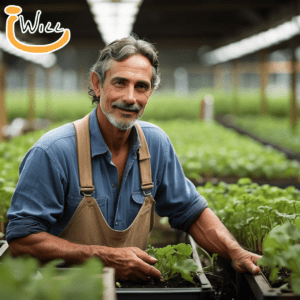
Conclusion
Aquaponics farming represents a promising avenue for sustainable food production, offering numerous environmental, health, social, and economic benefits. By integrating aquaculture and hydroponics in a symbiotic environment, aquaponics minimizes water usage, reduces chemical inputs, and maximizes resource efficiency. Moreover, aquaponics fosters community engagement, supports local food systems, and promotes sustainable eating habits.
Aquaponics faces hurdles like high startup expenses and specialized knowledge, yet advances persist via technology and wider acceptance. Prospects entail expansion, urban integration, crop diversity, and regulatory structures.
As we move forward, it’s crucial to incorporate aquaponic farming into our approach to address food security, minimize environmental impact, and encourage healthier dietary choices. Through continued research, education, and investment, Aquaponic Farming At Home holds the promise of transforming our food system. By embracing this innovative method, we can achieve sustainability and build resilience within our food production systems.
FAQs
What is Aquaponics Farming?
Aquaponics farming is a sustainable method that combines aquaculture (fish farming) with hydroponics (soil-less plant cultivation) in a symbiotic environment.
How does Aquaponics Farming impact the environment?
Aquaponics farming, a sustainable approach, cuts water use, eliminates chemical fertilizers, and reduces greenhouse gases, making it eco-friendly.
What are the health benefits of produce from Aquaponics?
Produce from aquaponics farming is typically free from pesticides and rich in nutrients, offering consumers fresher and healthier food options.
Why is Social and Economic Aspects important in Aquaponics Farming?
Aquaponics farming offers solutions to food insecurity and unemployment. It stimulates local economies.
How does Aquaponics compare to Traditional Farming Methods?
Aquaponics conserves water, space, and resources, offering a sustainable and efficient alternative to traditional farming methods. It effectively addresses challenges in food production while promoting resource efficiency and conservation.
The I Will Projects, a 501c3 Non-Profit, promotes diverse solutions for global challenges. Our IFIZ education programs, emphasizing aquaponics, and insect farming, empower communities through knowledge, collaboration, and sustainable innovation. Learn more here.



